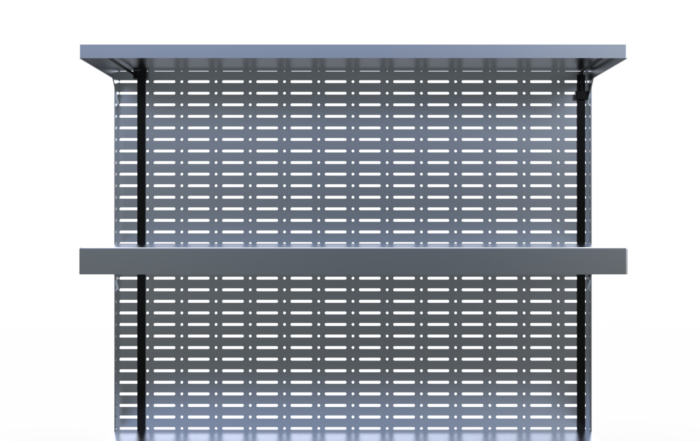When planning their premises’ layout, most retail establishments ignore the importance of lighting. There is no room for experimenting with different storefront LED lighting effects when working with fixed lighting, and the use of uniform ceiling lighting is frequently excessive. Therefore, it is of the utmost importance to create a store window display in which the spotlights are moveable and allow both the type of light and its direction to be modified in accordance with which area is to be emphasized.
Examine your location
Before you begin planning the display for your shop window LED lighting, conduct an environmental assessment. Take note of the light coming from the street, the shop window displays of your neighbors, and what will be visible to clients at eye level. You will be able to quickly capture the attention of the customer by utilizing each of these components. You should experiment with shadows and darkness if you are in a street where most of your competitors employ excessive light. Surprise is a crucial factor.
Put your most acceptable product forward
Do not wow your customers. An overly bright appearance might occur when a shop window LED lighting display seeks to highlight an excessive number of components. Make an effort not to cause confusion and concentrate on highlighting a few key aspects, showcasing your most excellent offering. Any lighting directed toward the outside will shine light into the eyes of potential customers, which will be uncomfortable for them.
Make use of light to achieve dramatic effects
Exciting and conveying emotions should be the goals of a shop window display. However, light is your best ally when it comes to creating dramatic effects. The employment of a horizontal light or illumination on the side can produce optical illusions in a storefront window, leading clients to assume that the space is considerably larger or that it has significantly more depth. Karou Mende, the renowned Japanese lighting designer, is unquestionably the best in the business when it comes to creating shadows: According to Mende, the eyes do not sense light but rather varied intensities of shadow; as a result, the light has to be matched to each substance and each area for a person to experience a variety of moods.
Merge several forms of technology
At this time, it is possible to provide efficient lighting using any available technology. For example, retail store window LED lighting has a very low energy usage, but other CMH alternatives on the market are very cost-effective. Furthermore, by combining several technologies, we can produce either warmer or colder environments, depending on the requirements of a given application or product.
It is necessary to surprise and thrill customers to grab attention and separate the window display from the window displays of our competitors. If we cannot accomplish this, the window will be reduced to just another one among the hundreds that we are inundated with during this time of year.





